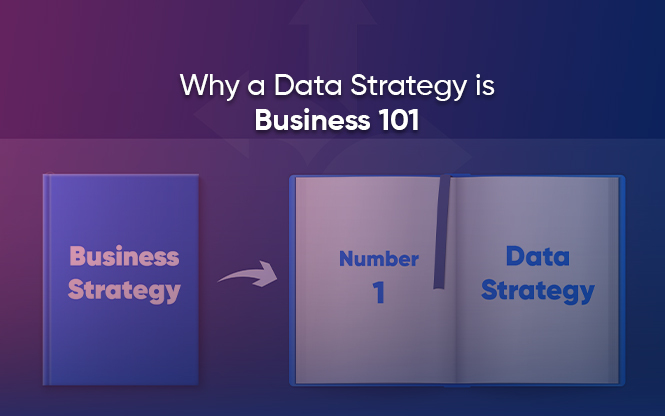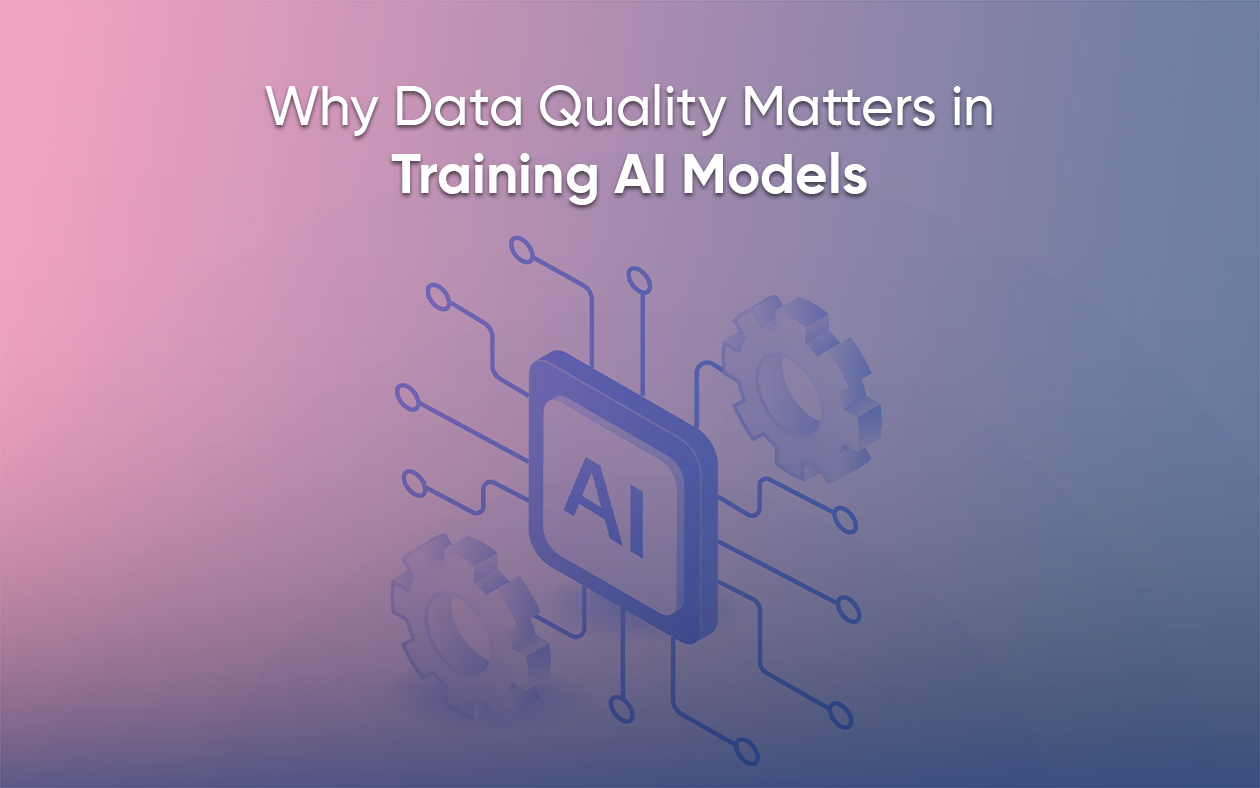
Have you ever wondered how Sherlock Holmes solved crimes? How businesses come up with ideas and decide on launching new products or upgrading their service?
The answer lies in logical reasoning, and today we will learn how Big Data plays a crucial role in this process.
Everything we do online generates data, the zettabytes of data accumulated from millions of us(users) become Big Data.
Each action we perform in cyberspace leaves a data trail. From what we search on Google, which result do we click on, how many seconds do we spend on the particular page, and other forms of engagement are valuables for the website.
These same actions that don’t seem like anything to us are goldmines that turn businesses into multi-billion dollar enterprises. But to make sense of it all and use it to their advantage, they need logical reasoning.
Logical reasoning is the process of using logic, or systematic methods of thinking to arrive at a conclusion or make a decision.
One makes inferences, draws conclusions, and evaluates arguments based on evidence and principles of logic.
Even Sherlock Holmes relied on it! More precisely, the fictional sleuth counted heavily on inductive reasoning and deductive reasoning during his investigation.
Going through his mountain of evidence with witness statements, fingerprints, surveillance footage, crime scene photographs, and more. He has mastered the art of deduction.
There is a presumption that Holmes inclined more toward inductive reasoning because he portrays keen observation skills that act as a basis for his investigation. But he also used deductive reasoning extensively, backing up his claims with established facts.
By the end of this article, you will realize how big-data insights are absolute necessities for businesses to make inductive and deductive inferences.
Now without further ado, let’s answer…
What is inductive and deductive reasoning?
Inductive reasoning is the act of using specific scenarios to make generalized conclusions. It is also called cause-and-effect reasoning. The bottom-up approach relies on limited specific observations and evidence is used to draw conclusions that can be applied more widely. This approach generates new premises and hypotheses based on observed patterns.
For example, you see a phenomenon repeatedly occur like each time you eat a peanut, your throat starts itching so you conclude that you might have a peanut allergy. This conclusion is drawn from observation, and experience, along with a tinge of probability to make our arguments reliable.
Hence in inductive reasoning, we make observations, discern a pattern, and infer a theory.
Whereas, deductive reasoning is the process of using a general principle or premise (a factual statement we believe to be true) to arrive at a specific, guaranteed conclusion. This is also called the top-down approach. It’s like starting with a well-established rule and applying it to specific cases.
For example, the statement ‘I need to reach the office by 10 AM’, is a general premise. Following that, the next statement is a fact ‘It takes 40 minutes to reach the office if I take my car’. Based on that, we can deduce that ‘I need to leave the house at 9:20 AM, at the latest to arrive at the office on time’. These syllogisms are good ways to test deductive reasoning and the validity of the argument.
Thus, deductive reasoning ensures the truth of the conclusion if the premises are also true and valid.
Now that we have a basic idea of the two reasoning approaches.
Let’s jump to the…
Key differences of Inductive vs. deductive reasoning.
| Inductive | Deductive | |
| Nature of Inference | Moves from specific observations for broader generalizations. | Moves from general premise to draw specific conclusions. |
| Certainty of Conclusion | The conclusions are not completely certain. Meaning they are likely to be true but can be altered by new evidence. Eg: People believed that all swans were white until they discovered black swans. | If the premises are true, the conclusions are certain. If the logic is sound and valid, the conclusion is true.Eg: All dogs have a great sense of smell. Poodles are dogs. So the guaranteed conclusion is that ‘all poodles have a great sense of smell.’ |
| Application in Business-world | Applied in identifying trends and patterns from user behavior. Associated with qualitative research based on observation to build theories.Eg. Analyzing the feedback from forums to add features on your software that users desire. | Applied in making predictions, testing hypotheses from real historical data. Associated with quantitative research that begins with an existing theory to test hypotheses. Eg. Testing a hypothesis that a new drug will reduce the multiplication of cancer cells. |
| Strength of Argument | Evaluates the strength of the evidence. It is measured by the degree of support premises provide for the conclusion. | Focuses on the soundness of the logical structure. Validate if the conclusion follows the premise. |
Data for Inductive and Deductive Reasoning
You can use qualitative data from the web to uncover patterns and trends in your industry for inductive reasoning.
Qualitative data from the internet include trending searches, social media mentions, discussions, and online reviews.
These are critical details you should never miss out on during analysis to understand your customer’s preferences, pain points, and public sentiment toward your business. You can identify emerging trends with access to real-time data and perform proactive analysis to predict the future behavior of your website visitors.
Along the same lines, for A/B testing, targeted marketing, and risk assessment, you can utilize quantitative data from the web for deductive inference in business decision-making.
Imagine how by comparing prices with your competitors, or competitor monitoring, you can always refurbish your pricing strategy and identify the most competitive price for your service that boosts user engagement and retention.
You can also design targeted advertising campaigns that resonate with your target audience, and figure out what works best for you and the user’s experience.
Learn more

Limitations
Like Superman’s kryptonite, it’s needless to say that both of these approaches have their limitations.
The reliability of a conclusion from inductive logic which depends on the completeness of observations is questionable. When you have insufficient or biased evidence then the results from skewed data lead to inaccurate generalizations. Similarly, how if your sample is not representative of the entire population then the inferences may not reflect the broader reality.
On the other hand, conclusions from deductive reasoning depend on facts and complete certainty of the premises. However, in the practicality of business settings, the data collected by themselves or in-house can have countless abnormalities and uncertainties. Using that for analysis and insights can wreak havoc upon your business.
It is critical to test the data with a rigorous and robust QA mechanism for analysis and sound conclusions. But rest assured, Grepsr has got you covered with the quality dataset you need, at your doorstep.

Abductive Reasoning
Although it isn’t talked about enough, abductive reasoning is also a type of logical inference.
In simple terms, it’s taking your best shot or making a probable conclusion from an incomplete set of observations or from what you know at the moment.
While inductive reasoning generalizes conclusions from particular instances by observing data and deductive reasoning guarantees a conclusion as it is based on established facts, abductive reasoning infers the best possible explanation of a situation as the correct conclusion.
For instance, if you see a stack of books on a medical student’s desk that seems higher than usual, you infer that their exams are probably around the corner.
Lawyers also use it to build their cases when the evidence is lacking. The prosecutor or defender tries their best to construct a coherent narrative that explains the available facts, even if some of their assumptions are not fully substantiated.
Hence, abductive reasoning is educated guessing and deducing a chain of events that could have resulted in a specific conclusion. This is the least reliable and uncertain method for making decisions because it lacks enough evidence and completeness.
Hence, for accuracy, relevance, and precision in your decision-making, you can rely on Grepsr’s quality data for a comprehensive business data strategy.

and remember,
The absence of evidence is not the evidence of absence.
Dr Carl Sagan
What this quote means is, if there is no evidence of something found yet, doesn’t mean that the thing doesn’t exist at all. Or, if something hasn’t happened yet, doesn’t mean it’s never going to happen even in the future.
The perfect metaphor to understand is how black swans, which people didn’t know existed were discovered in Australia in 1697 by the Dutch explorer Willem de Vlamingh.
Grepsr for actionable web data
Coming to an end, the point of this article is to make readers understand that to make valid, reliable, and guaranteed inductive and deductive inferences, data is a must-have.
Leveraging high-quality data helps your business win from the strategic level and beyond, whereas relying on bad data is like fighting a losing battle, you’ll never get anywhere but end up digging yourself a hole due to inaccurate insights.
Especially in a business context, high-quality, structured, and organized data is indispensable for inductive and deductive reasoning. Just like how Detective Holmes needed organized data with logic and astute observation to unravel his investigations and solve murder mysteries.
Data extraction services like Grepsr glean insights from the noise to help you make a powerful data strategy.
Cutting corners and compromising the data quality is never going to be a problem if you choose us as your trusted external data provider. We are the advocates of quality data – the cornerstone that can make or break your business.
Therefore, for high-quality, consistent, accurate, valid, and real-time actionable data, remember Grepsr.










































































